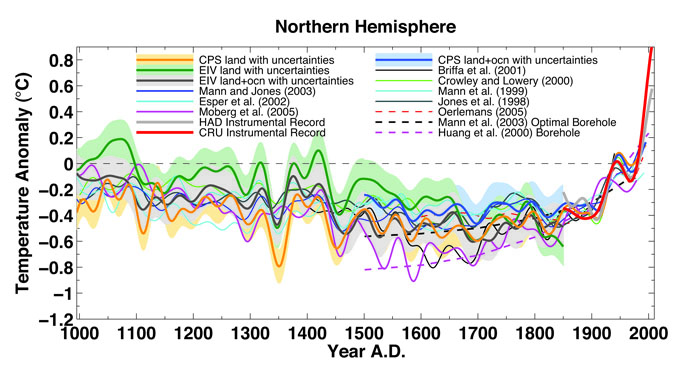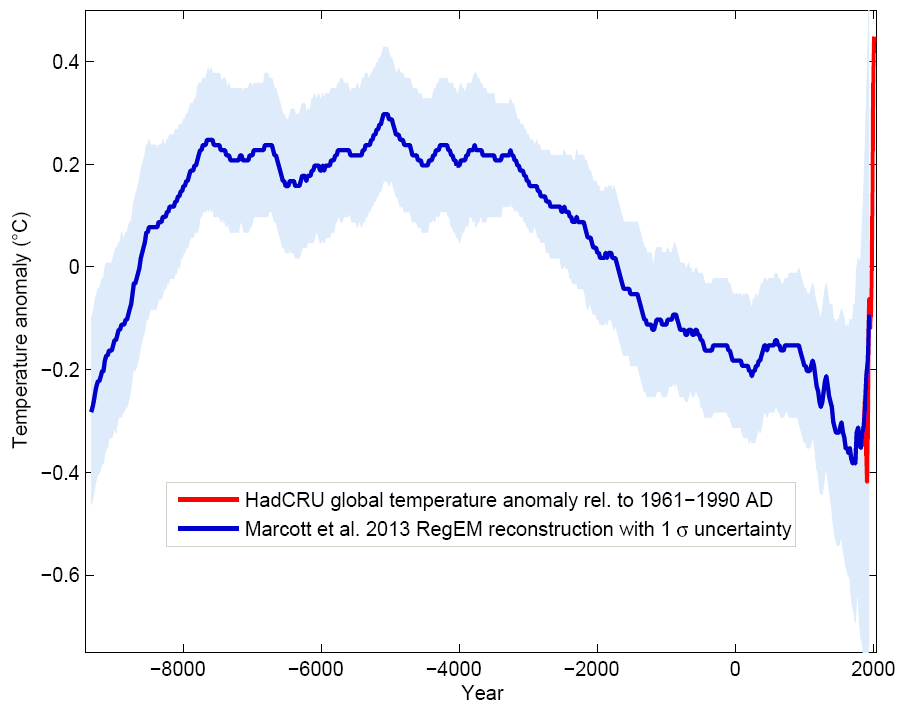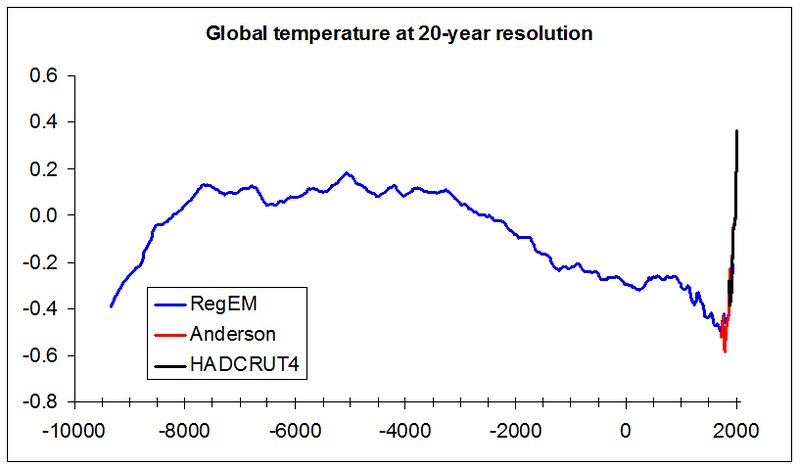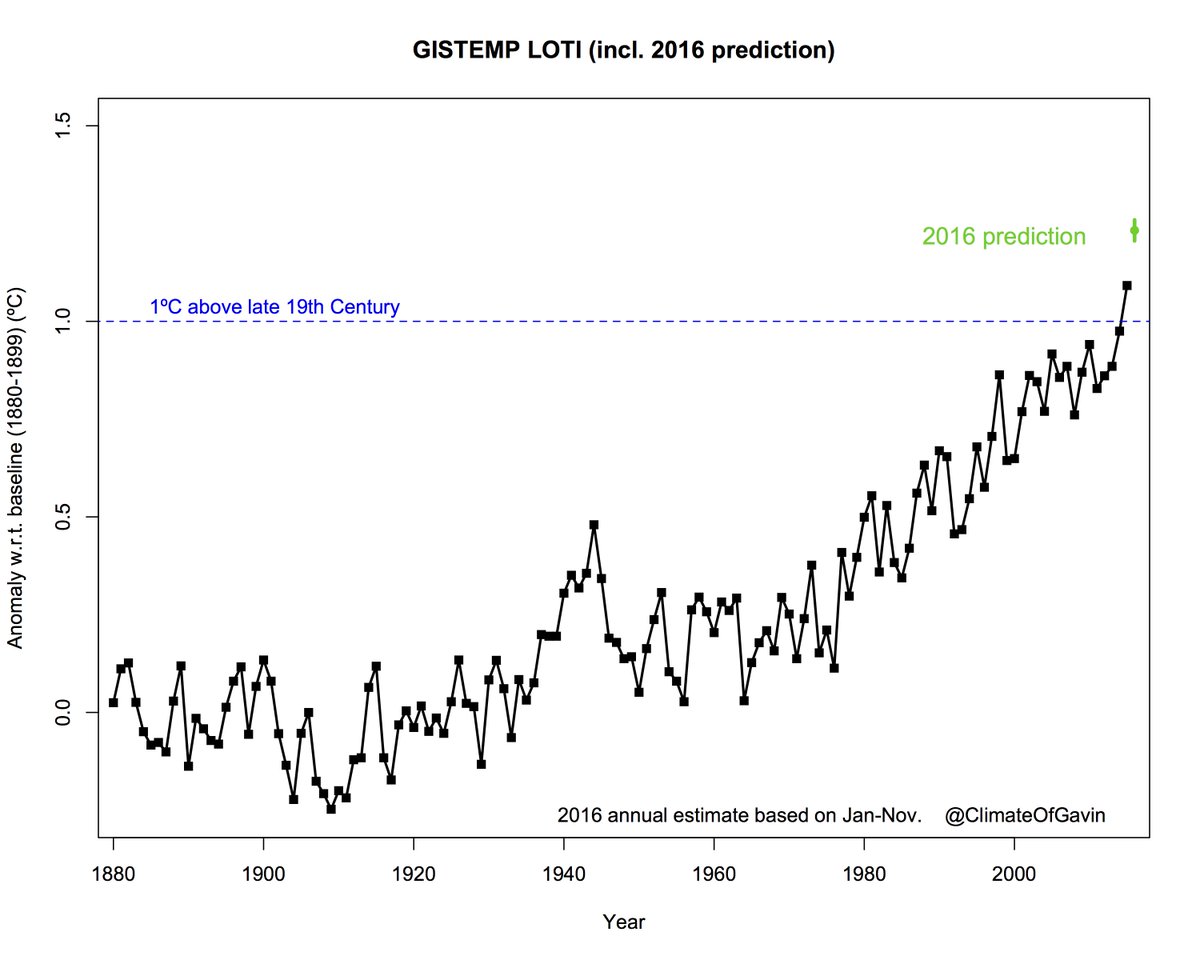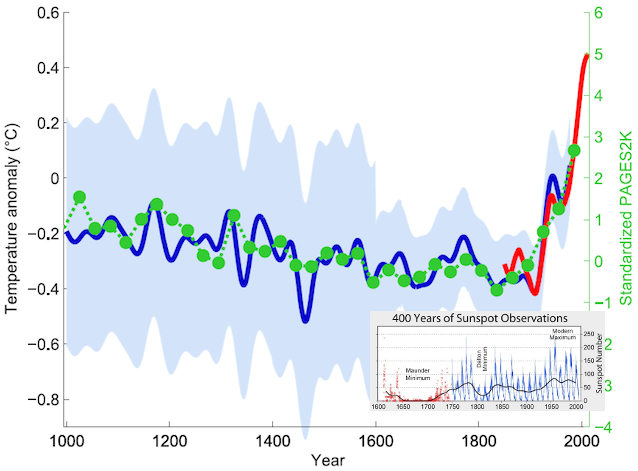ScienceRocks
Democrat all the way!
- Thread starter
- Banned
- #21
Better and better. Now written records are of no use.What kind of digital thermometers did they use in 1888?
No wonder you guys pull so much out of your asses.
We use real data from datasets! Where do you pull your shit from? Your ass?
Last edited:



